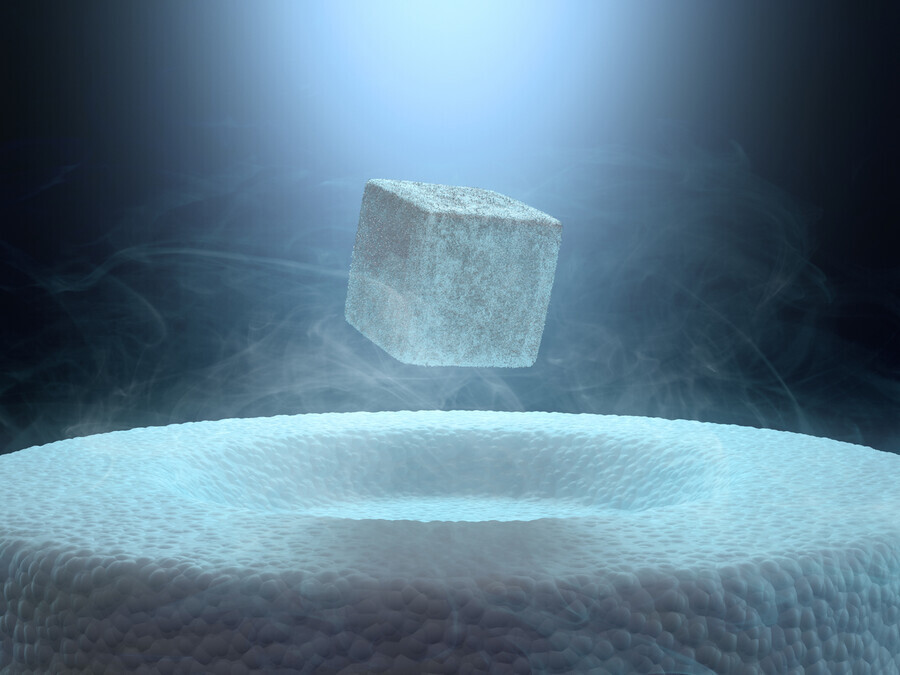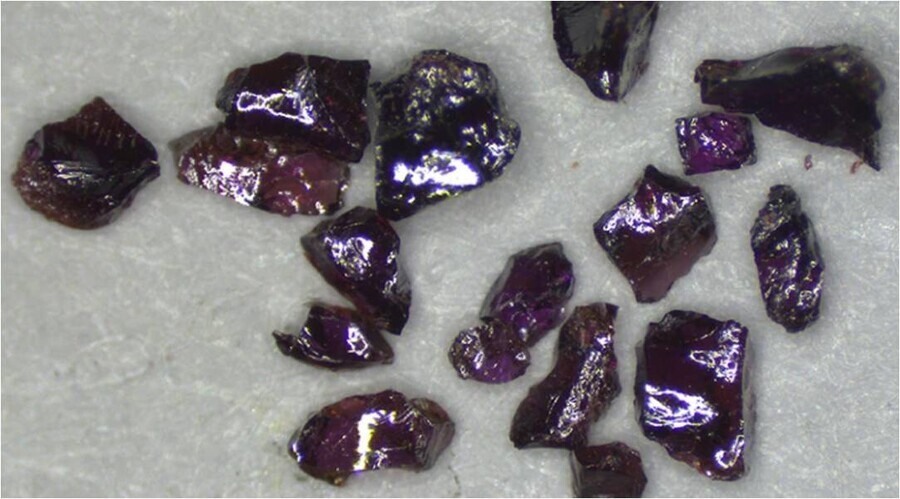hankyoreh
Links to other country sites 다른 나라 사이트 링크
Korean researchers’ LK-99 not a superconductor, but an insulator, say scientists

The prestigious academic journal Nature reported Wednesday that LK-99, a compound developed by a team of South Korean researchers, is not a superconductor at room temperature and ambient pressure.
“Now, after dozens of replication efforts, many experts are confidently saying that the evidence shows LK-99 is not a room-temperature superconductor,” Nature said in an article published on its website on Wednesday.
Nature reported that researchers from China, the US and Europe had “combined experimental and theoretical evidence to demonstrate how LK-99’s structure made superconductivity infeasible” and confirmed that “it is not a superconductor, but an insulator.”
The journal said that attempts by researchers around the world to replicate the purported properties of LK-99 had found “that impurities in the material — in particular, copper sulfide — were responsible for the sharp drops in electrical resistivity and partial levitation over a magnet, which looked similar to properties exhibited by superconductors.”

When a research team at the Max Planck Institute for Solid State Research in Germany successfully synthesized single crystals of LK-99 without impurities on Aug. 14, they concluded that “LK-99 is not a superconductor, but an insulator with a resistance in the millions of ohms.”
“The conclusion dashes hopes that LK-99 — a compound of copper, lead, phosphorus and oxygen — marked the discovery of the first superconductor that works at room temperature and ambient pressure,” Nature wrote.
By Kim Jeong-su, senior staff writer
Please direct questions or comments to [english@hani.co.kr]

Editorial・opinion
![[Column] Welcome to the president’s pity party [Column] Welcome to the president’s pity party](https://flexible.img.hani.co.kr/flexible/normal/500/300/imgdb/original/2024/0515/3917157400447943.jpg) [Column] Welcome to the president’s pity party
[Column] Welcome to the president’s pity party![[Editorial] Korea must respond firmly to Japan’s attempt to usurp Line [Editorial] Korea must respond firmly to Japan’s attempt to usurp Line](https://flexible.img.hani.co.kr/flexible/normal/500/300/imgdb/original/2024/0514/2317156736305813.jpg) [Editorial] Korea must respond firmly to Japan’s attempt to usurp Line
[Editorial] Korea must respond firmly to Japan’s attempt to usurp Line- [Editorial] Transfers of prosecutors investigating Korea’s first lady send chilling message
- [Column] Will Seoul’s ties with Moscow really recover on their own?
- [Column] Samsung’s ‘lost decade’ and Lee Jae-yong’s mismatched chopsticks
- [Correspondent’s column] The real reason the US is worried about Chinese ‘overcapacity’
- [Editorial] Yoon’s gesture at communication only highlights his reluctance to change
- [Editorial] Perilous stakes of Trump’s rhetoric around US troop pullout from Korea
- [Guest essay] Preventing Korean Peninsula from becoming front line of new cold war
- [Column] The state is back — but is it in business?
Most viewed articles
- 1[Column] Welcome to the president’s pity party
- 2[Editorial] Korea must respond firmly to Japan’s attempt to usurp Line
- 3Korea cedes No. 1 spot in overall shipbuilding competitiveness to China
- 4Could Korea’s Naver lose control of Line to Japan?
- 5[Editorial] Transfers of prosecutors investigating Korea’s first lady send chilling message
- 6[Column] Will Seoul’s ties with Moscow really recover on their own?
- 7US has always pulled troops from Korea unilaterally — is Yoon prepared for it to happen again?
- 8Second suspect nabbed for gruesome murder of Korean in Thailand, 1 remains at large
- 9Korean auto industry on edge after US hints at ban on Chinese tech in connected cars
- 10Major personnel shuffle reassigns prosecutors leading investigations into Korea’s first lady